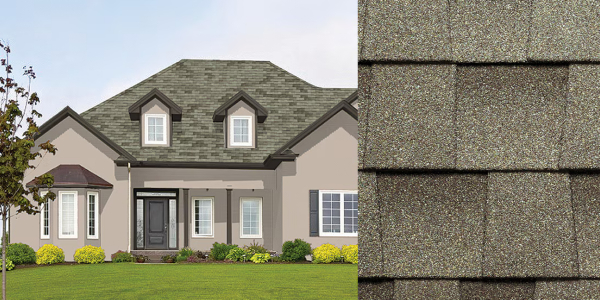Q & A - Can I put on cedar shakes on my roof?

Understanding cedar shakes.
Most cities and towns still allow them, some don’t. Some require a class A, B or C Fire Rating roof coverings. This means the roofing product has to be certified by an independent third party. Cedar shakes are split and bundled and then a fire retardant is injected into the inner cells of the cedar by pressure. The shakes are now ready for testing for resistance to fires from other sources like a neighbors home on fire or an ember from a fire down the street falling on your roof. This does not mean they are fireproof. The retardant slows the fire from spreading quickly. Cedar shakes can gain A, B and C ratings.
Typically the untreated shake is installed over a skip sheathing and has been for years so that the shake can breathe and dry out when total wet. To gain the fire rating a solid deck may be needed. A gypsum deck or dens deck is called for in some applications. I have even had to use a 72 lb. cap sheet under the felt in a class A assembly. So you need to check the local building department and fire department to meet the local codes. Where I live, here in Sacramento most areas require a minimum Class C. The same city just across the street may require a class A.
Have a question? AskARoofer.
Find your local roofing contractor in the RoofersCoffeeShop® Contractor Directory.










Comments
Leave a Reply
Have an account? Login to leave a comment!
Sign In